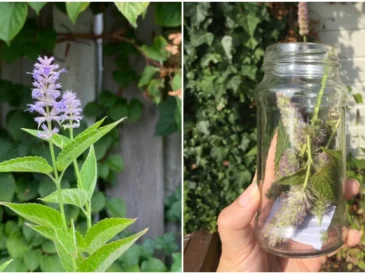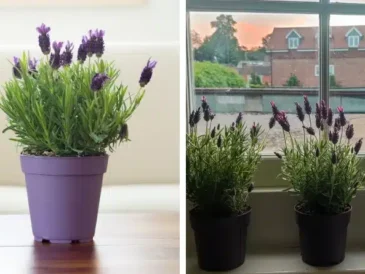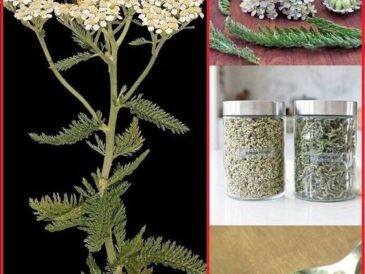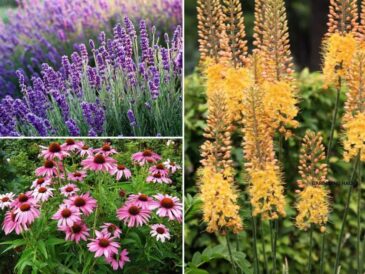Aloe plants, specifically Aloe vera, are not just popular for their striking appearance and minimal maintenance needs; they also offer a host of benefits and fascinating characteristics. Whether you’re a seasoned gardener or a plant newbie, here are seven captivating things about Aloe plants that you should know.
1. Historical and Cultural Significance
Aloe vera has a rich history that dates back thousands of years. Ancient Egyptians called it the “plant of immortality” and used it in burial rituals for pharaohs. It has also been utilized in traditional medicine by various cultures, including Greek, Roman, Indian, and Chinese civilizations. The plant was valued for its healing properties and often mentioned in ancient texts.
2. Medicinal and Healing Properties
One of the most well-known aspects of Aloe vera is its medicinal properties. The clear gel found inside its leaves contains vitamins, minerals, enzymes, amino acids, and anti-inflammatory compounds. Here are some ways it can be used:
- Skin Care: Aloe vera gel is widely used to treat burns, cuts, and skin irritations. It’s particularly effective in soothing sunburns due to its cooling effect and ability to help skin retain moisture.
- Digestive Aid: Aloe vera juice, made from the inner leaf, can help with digestive issues such as acid reflux, constipation, and irritable bowel syndrome (IBS). However, it’s essential to consume it in moderation and ensure it’s properly processed to avoid the laxative effect of aloin, a compound found in the outer leaf.
3. Easy Care and Maintenance
Aloe plants are remarkably easy to care for, making them perfect for busy individuals or those new to gardening. Here are some essential care tips:
- Light: Aloe plants thrive in bright, indirect sunlight. Too much direct sun can cause the leaves to turn brown or red.
- Watering: Aloe plants are succulents, meaning they store water in their leaves. They require infrequent watering, roughly every 3-4 weeks. It’s crucial to let the soil dry out completely between waterings to prevent root rot.
- Soil: Use well-draining soil, such as a cactus or succulent mix. Good drainage is vital to avoid water accumulation, which can lead to root rot.
4. Propagation Made Simple
TO CONTINUE READING SEE NEXT PAGE




